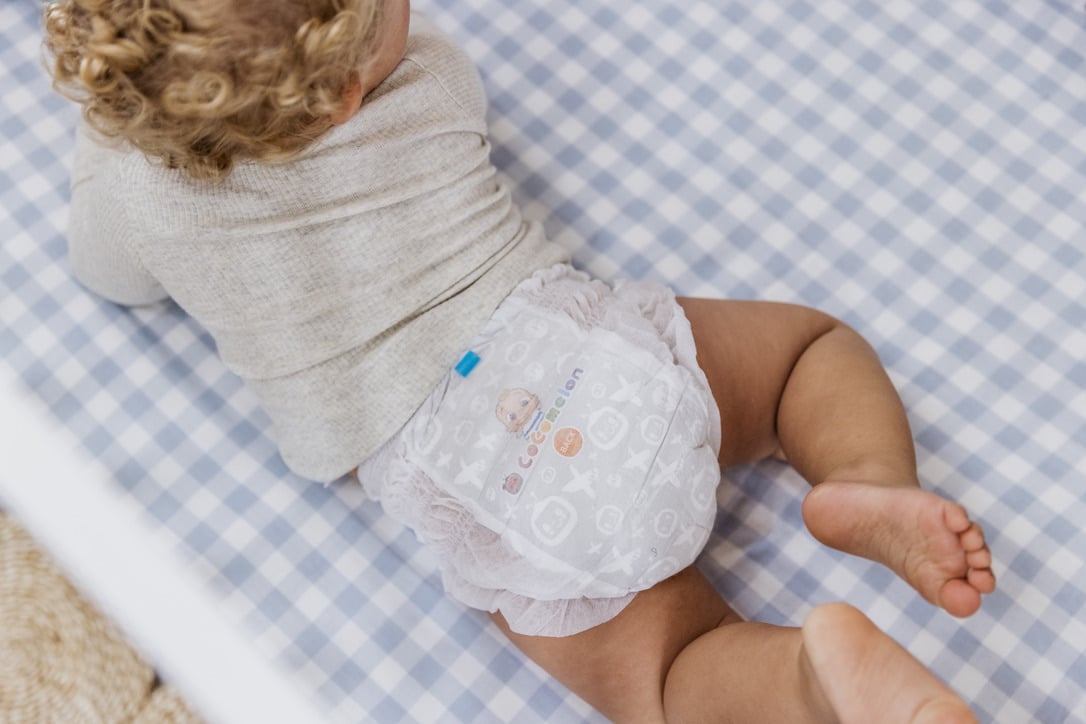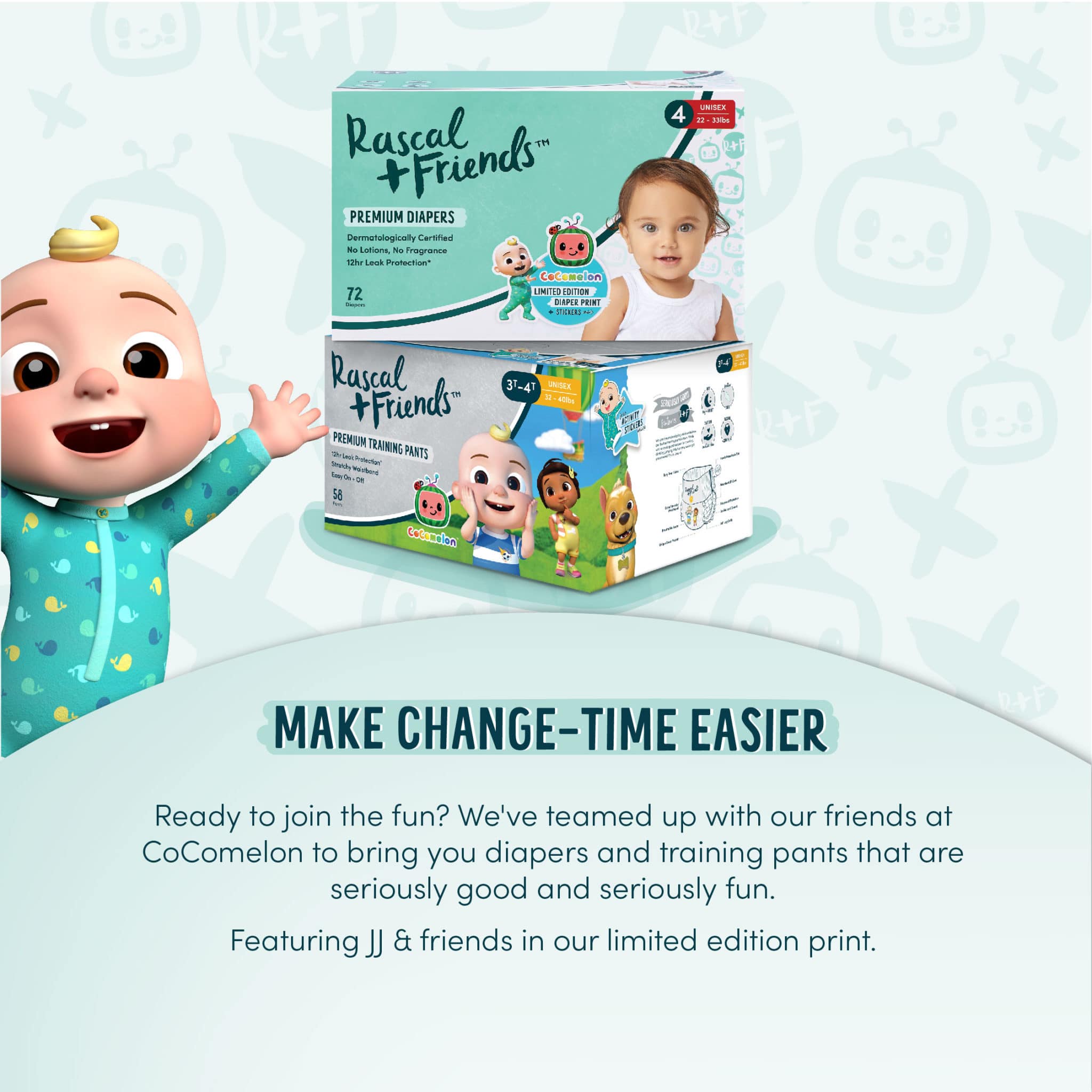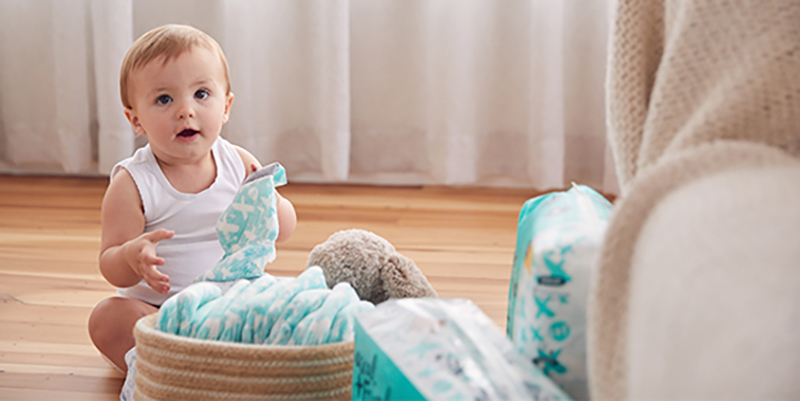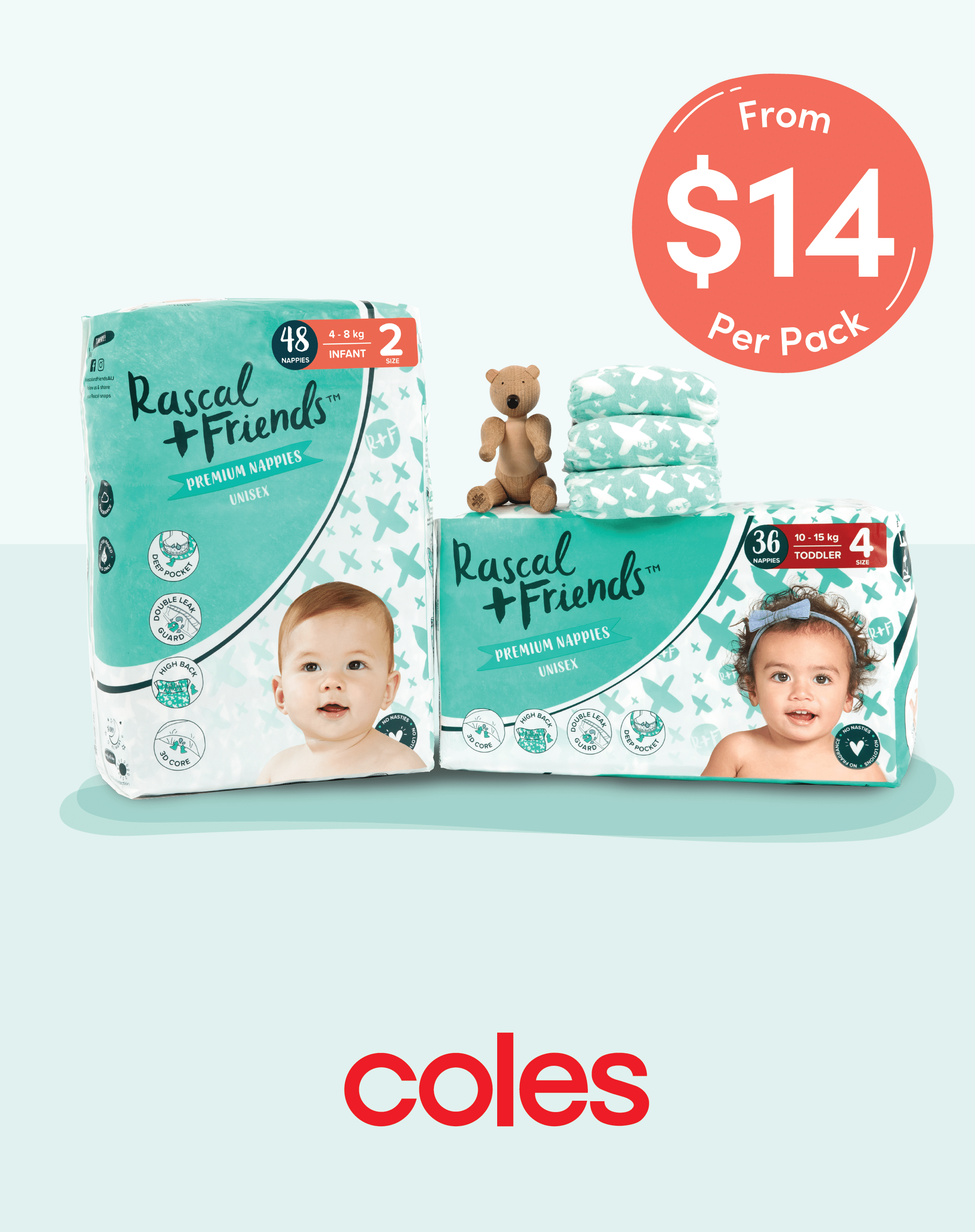Common Potty Training Mistakes
How to read your toddlers signs and avoid these common potty training mistakes.
Read MorePotty training: Two simple words that can fill parent with a mix of emotions from excitement because our baby is growing up, to worry about how they (and we) will go with the process, as well as a tinge of sadness as saying hello to a new stage in our little ones development, always means saying good-bye to the last one. It’s a lot to process.
With so much at stake, it can be easy to get swept up in pressures to start too soon, so when it comes to toilet training the number one mistake parents can make is not making sure your child is emotionally ready for toilet training.
Sometimes children will start to refuse to have their nappy changed or not want to be changed lying on their back. Before you consider potty training as the solution try some nappy pants. We love the Rascal + Friends nappy pants as they allow your child to get changed standing up. It’s a win win! More independence for your toddler and less chasing for us.
Children show several signs they are ready for toilet training, but often the last sign to present (which many parents may not be aware to look for) is emotional readiness.
When children are not emotionally ready for the toilet learning process, it can lead to a situation where everyone gets stressed out, and our child can wind up either taking much longer to train, or even developing a fear of the potty, which can really have everyone wishing they had just waited a little longer.
Parents may start potty training before a child is emotionally ready for three main reasons:
![]() Feeling external pressure of a deadline like a baby being on the way or a child starting pre-school.
Feeling external pressure of a deadline like a baby being on the way or a child starting pre-school.
![]() Getting tired of nappy change time. Let’s be honest, changing that nappy can get a little ‘old’ for everyone and when neither us or our toddler are having a good time we may think the answer is potty training.
Getting tired of nappy change time. Let’s be honest, changing that nappy can get a little ‘old’ for everyone and when neither us or our toddler are having a good time we may think the answer is potty training.
![]() Being unaware of the signs of readiness and not realising we want to see all three signs (physical, cognitive, and emotional) to begin the process.
Being unaware of the signs of readiness and not realising we want to see all three signs (physical, cognitive, and emotional) to begin the process.
While completely understandable, it’s important that children feel ready – in their own time to begin the big step of toilet training for the simple reason that if our child feels pushed, or overwhelmed, they don’t feel safe. Which is vital for successful potty training.


The average age for successful potty training is around 2.5-3 years when children tend to have better grasp of language and awareness of their bodies.
There are a number of signs of readiness that can be broken down into three main areas:
The emotional readiness factor usually comes last and the most powerful. When we mistime emotional readiness, it can delay toilet learning and cause a lot of mess and heartache for everyone. Not all these signs need to be present for your child to be ready. However, a general trend will let you know it’s time to start.
Use the lead up time to really prepare your child for the changes ahead. Think of the lead up to toilet training as the time to talk more to your child about using a potty, talking about how you use the toilet and how you know when you need to go. Kids are visual learners, so it helps to read books on the subject, making sure that this talk is free from pressure at our end. The more they can picture it, the less of a ‘leap’ it is.
Play is also a beautiful way to see if your child is ‘ready’ and to increase toilet awareness too. You can talk about their ‘teddy’ wanting to use the potty instead of his pull ups and see if your child is interested in this play theme.
As toddlers begin to indicate they want more independence or resist nappy change time we can start to embrace that. We can offer our toddlers an alternative to a traditional nappy such as a nappy pant with an easy up design, we loved Rascal + Friends premium nappy pants for this! We can start to change our toddler more often in a standing up position. This is more like how things work once we are toilet training while embracing their growing independence.
When you do decide the signs are there that your little one is ready, remember that connection is your superpower
When you think about it. Learning to use the potty or the toilet is a huge leap forward in our little one’s development. With this big step happening, it’s easy to get emotionally invested as parents, frustrated when there is a setback, and this can lead to a lack of connection.
Kids process change visually so printing off this Cocomelon potty training chart from Rascal + Friends is a fabulous way to help your child see the wins!
Bring play, humour, and lightness to the process, being silly when needed to make sure that your relationship stays central, and the process remains light and pressure free.
While you may have heard horror stories about the pitfalls of toilet training: if we wait for clear signs of physical and emotional readiness, and focus on making sure our child feels supported, and connected with us, we often only need to get out of the way and watch as our child, takes the next step. As our child farewells the last phases in their infancy, we say hello to so many adventures and independence that comes with being a big kid!
Download: CoComelon Potty Training Charts



We’d love to stay in touch! Receive email updates about Rascal + Friends products, offers, blog articles and events. Unsubscribe anytime.


| Premium Original Nappy | Premium Eco Nappy |
|---|---|
| Gentle and absorbent topsheet | Gentle and absorbent plant-based topsheet |
| Non-woven fabric wrapped core | Sustainable tissue wrapped core |
| Water resistant and breathable film | Plant-based, water resistant and breathable biofilm |
| Soft and breathable backsheet | Soft and breathable plant-based backsheet |
| Soft recyclable packaging | Home/commercially compostable packaging |
| 3D core containing sustainable pulp | Core containing sustainable pulp |
| Double leak guards | ✓ |
| Soft leg cuffs for a comfortable fit | ✓ |
| No lotions, fragrance or latex | ✓ |
| Highback Waistband | ✓ |
| Custom designed grip tabs | ✓ |
| Up to 12 hours leakage protection* | ✓ |
*Hours may vary according to individual baby’s urine amount